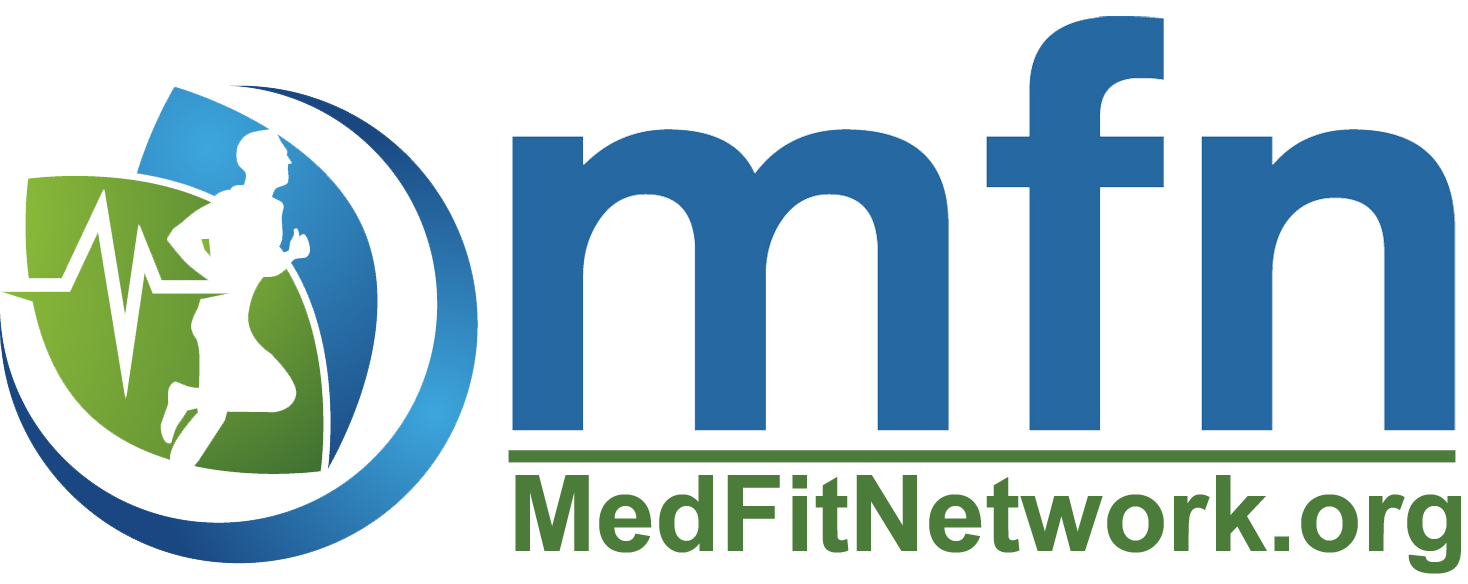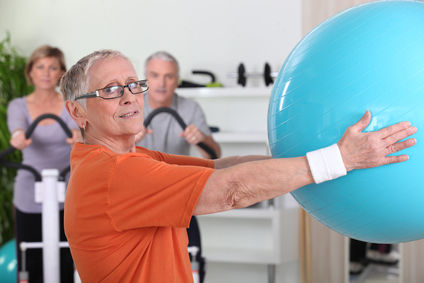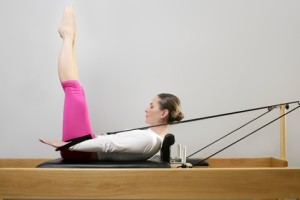Fitness Professionals: November is Diabetes Awareness Month
Did you know in 1980, according to the Center for Disease Control (CDC), 5.6 million Americans had been diagnosed with diabetes? This had more than doubled by 2000, with 12 million reported cases of diabetes. If this trend were to continue, by 2020 there would be an estimated 24 million diabetics in the United States alone. However, in 2012 the American Diabetes Association (ADA) estimated that 9.3% of the population, or 29.1 million Americans, have diabetes.



 There are eight principles of Pilates: relaxation, concentration, control, centering, fluidity, precision, stamina and breathing. Joseph Pilates, who developed this movement method, believed that one must pay attention to each exercise and perform it with the utmost control to avoid injury. He believed that it is not the quantity that counts, but the quality of each repetition.
There are eight principles of Pilates: relaxation, concentration, control, centering, fluidity, precision, stamina and breathing. Joseph Pilates, who developed this movement method, believed that one must pay attention to each exercise and perform it with the utmost control to avoid injury. He believed that it is not the quantity that counts, but the quality of each repetition. Pilates focuses on the scapula stabilizers including the rhomboids, latissmus dorsi, middle/lower trapezius and serratus anterior while performing active range of motion, which is different than a traditional rehabilitative approach. The use of imagery is often used to coordinate the mind and body, so one may be told to “place those wing bones in your back pocket.” Even some of the exercises can be done in side lying, which eliminates gravity, making the shoulder exercises easier to perform.
Pilates focuses on the scapula stabilizers including the rhomboids, latissmus dorsi, middle/lower trapezius and serratus anterior while performing active range of motion, which is different than a traditional rehabilitative approach. The use of imagery is often used to coordinate the mind and body, so one may be told to “place those wing bones in your back pocket.” Even some of the exercises can be done in side lying, which eliminates gravity, making the shoulder exercises easier to perform. Dealing with Fatigue
Dealing with Fatigue What we know is that medical check ups using the best testing methods available must be combined with successful lifestyle improvement. We know the formula. “Although people with a family history of heart disease are at higher risk, you can take steps to dramatically reduce your risk. Create an action plan to keep your heart healthy by tackling these to-dos: get active; control cholesterol; eat better; manage blood pressure; maintain a healthy weight; control blood sugar; and stop smoking.” —
What we know is that medical check ups using the best testing methods available must be combined with successful lifestyle improvement. We know the formula. “Although people with a family history of heart disease are at higher risk, you can take steps to dramatically reduce your risk. Create an action plan to keep your heart healthy by tackling these to-dos: get active; control cholesterol; eat better; manage blood pressure; maintain a healthy weight; control blood sugar; and stop smoking.” — Here are some suggestions for the behavioral side of preventing that potential heart attack.
Here are some suggestions for the behavioral side of preventing that potential heart attack. Wellness and health coaches need to know about this information as they help their clients explore their way forward towards a wellness way of living. Coaches need to insist that any client they are working with on health issues be under active medical care. Lifestyle improvement is no substitute for medical treatment. Taking on the more behaviorally demanding protocols of lifestyle improvement that Ornish and Esselstyn require may be incredibly easier and more effective with an active alliance with a wellness coach.
Wellness and health coaches need to know about this information as they help their clients explore their way forward towards a wellness way of living. Coaches need to insist that any client they are working with on health issues be under active medical care. Lifestyle improvement is no substitute for medical treatment. Taking on the more behaviorally demanding protocols of lifestyle improvement that Ornish and Esselstyn require may be incredibly easier and more effective with an active alliance with a wellness coach.

 Our exercises also involved hand-eye coordination, such as tossing and catching an under-inflated ball to each other, as I kept running to different parts of the room so that Ray was challenged to located me and then throw the ball in my direction. We also used the under-inflated ball with Ray in a seated position, as he placed the ball between his ankles and lifted it with his legs. Ray was also able to perform basic strength training exercises with free weights, such as bicep curls, hammer curls and chest flys. He was getting stronger and was now able to remove his leg brace and walk for short periods of time. I was amazed at what I was seeing.
Our exercises also involved hand-eye coordination, such as tossing and catching an under-inflated ball to each other, as I kept running to different parts of the room so that Ray was challenged to located me and then throw the ball in my direction. We also used the under-inflated ball with Ray in a seated position, as he placed the ball between his ankles and lifted it with his legs. Ray was also able to perform basic strength training exercises with free weights, such as bicep curls, hammer curls and chest flys. He was getting stronger and was now able to remove his leg brace and walk for short periods of time. I was amazed at what I was seeing. With a degree in Mass Communications/Broadcast Journalism, Julia has written for national magazines, interviewing actors Tony Danza (Who’s the Boss?), Joe Mantegna (“Criminal Minds”) and Paul Sorvino (“Law & Order”). Julia has written restaurant reviews, cookbook reviews, professional biographies, award show brochures, press releases and promotional pieces. She edited the book “Helping Hilda,” and has written educational columns for a dentist and chiropractor. In the voice industry, Julia narrated books on tape, on-hold voice messaging systems, radio sound bites, and cable television. Her degree in Broadcast Journalism allows her to write scripts as well as narrate them.
With a degree in Mass Communications/Broadcast Journalism, Julia has written for national magazines, interviewing actors Tony Danza (Who’s the Boss?), Joe Mantegna (“Criminal Minds”) and Paul Sorvino (“Law & Order”). Julia has written restaurant reviews, cookbook reviews, professional biographies, award show brochures, press releases and promotional pieces. She edited the book “Helping Hilda,” and has written educational columns for a dentist and chiropractor. In the voice industry, Julia narrated books on tape, on-hold voice messaging systems, radio sound bites, and cable television. Her degree in Broadcast Journalism allows her to write scripts as well as narrate them.